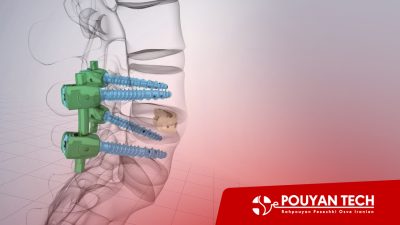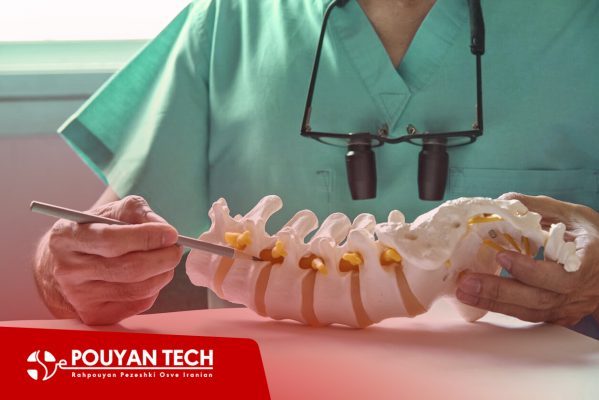Spine surgery is a complex procedure that may involve a range of techniques and approaches, depending on the specific condition being treated. One common aspect of spine surgery is the use of spinal screws to stabilize and support the spine. Here are the general steps involved in spine surgery with screw fixation:
1. Preoperative Evaluation: Before the surgery, the patient will undergo a thorough evaluation, including a physical examination, imaging studies (such as X-rays, CT scans, or MRI), and possibly other tests to assess the condition of the spine and identify the specific areas that require treatment.
2. Anesthesia: The patient is brought into the operating room and given anesthesia to ensure they are unconscious and pain-free during the procedure. The type of anesthesia used will depend on the specific surgery being performed and the patient’s individual medical history.
3. Incision and Exposure: Once the patient is under anesthesia, the surgeon makes an incision in the skin over the affected area of the spine. The muscles and other tissues are carefully moved aside to expose the bony structures of the spine.
4. Screw Placement: Using specialized surgical tools and guidance from fluoroscopy or intraoperative imaging, the surgeon carefully drills small pilot holes into the vertebrae at the predetermined locations for screw placement.
5. Screw Insertion: Once the pilot holes are prepared, the surgeon inserts the screws into the vertebrae and secures them in place. The screws are typically made of titanium or a similar material and come in various sizes and designs to accommodate different spinal conditions.
6. Rod Placement (if necessary): In some cases, spinal rods may be used in conjunction with screws to provide additional stability and support to the spine. The rods are attached to the screws and help to maintain alignment and prevent excessive movement of the treated spinal segment.
7. Closure: After the screws and, if applicable, rods are placed, the surgical site is thoroughly irrigated to remove any debris or bone fragments. The muscles and soft tissues are then carefully repositioned, and the incision is closed with sutures or staples.
8. Postoperative Care: Following the surgery, the patient is monitored in the recovery area and then transferred to a hospital room or a postoperative care unit. Depending on the specific procedure and the patient’s condition, the recovery process may involve physical therapy, pain management, and other supportive measures to aid in healing and rehabilitation.

It is important to note that spine surgery, particularly procedures involving screw fixation, is highly specialized and should only be performed by a qualified and experienced spine surgeon. The decision to undergo spine surgery should be made in consultation with a healthcare provider after a thorough evaluation and consideration of all treatment options. As with any surgical procedure, there are potential risks and complications associated with spine surgery, so patients should discuss the procedure thoroughly with their healthcare provider before making a decision.

